The Elementary Music Concert. You know it’s one of the biggest moments in your class (whether you like it or not), and definitely something your students will remember. Especially if their adults took 100+ pictures to mark the occasion. But planning a concert for elementary students is not as simple as picking out some songs and teaching the repertoire. Even more goes into it if you do a musical or have to do your own arranging/script writing/etc. No matter what you do, concert planning is not for the weak, and can be difficult if you’ve never done one before. (Hello new teachers who missed student teaching concerts!) No matter what your experience with performances, I hope The Elementary Music Concert Guide helps you get some great ideas, create a prep list, and make performance planning less stressful!
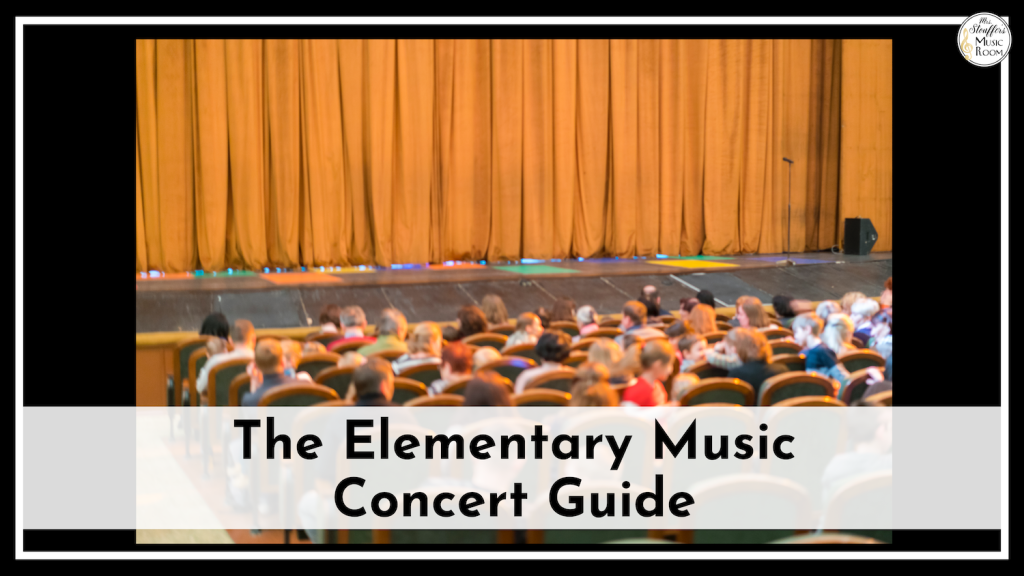
Pick the Type of Performances
The first thing you need to do when you schedule a performance is decide the format. There are some very common formats:
- Pre-fab: The boxed musical. A script, back-tracks and more are put together for you. All you have to do is teach it. Yup…that’s it 😉 You know. Nothing else (Just a little sarcasm there!)
Pros: Simple for you, crowd pleasing, out of the box ready to go so that you can get to teaching as soon as possible.
Cons: Can be expensive to order enough scripts, the back tracks, and practice tracks. Sometimes needs some tweaking to fit your school situation. Lots of extra things to prep (tech, stage, scripts, etc). - Put Together Musical: You write a musical with music you picked.
Pros: Control. A musical without the boxed sound and can include any types of arrangements you wants: Orffestrations, recorder ensembles, part singing.
Cons: SO many moving pieces, so much extra work for you to create it, as well as picking the music. - Themed
Pros: If you are using student work to create this concert such as an Orff concert, this is a great option as you can work with the songs but won’t need to do lots of extra composing yourself.
Cons: Requires some work to put together on your part. You may have to do some light arranging, or composing. - Story Centered
Pros: Doesn’t have to be themed music. Great for driving home a message.
Cons: More options for music means more debating. May be hard to find a song for some books. - Choir Concert Style
Pros: Easy to plan. Less to prep (stages, scripts, extra tech). Less cost prohibitive.
Cons: This is not easy to do with younger students. Less ‘awww’ moments for parents depending on how you program the concert. - The Non-Performance: We’ll talk about these in another post, but some are informances, parent participation nights, and family music nights.
Pros: WAY less stress. Family involvement. Can show directly what students are doing in your classroom.
Cons: No big to-do makes some people feel like you aren’t doing enough (NOT TRUE!)
Picking Music
Now that you have a type of performance in mind comes what I think is the hardest part of the process: picking the music. Whatever type of performance you are looking for, here are some places to find ideas:
- Pre-fab: Music K-8, JWPepper, Broadway Jr, Broadway Kids, John Jacobson’s works, Pioneer Drama, Hal Leonard Express Musicals, BBBPress, Bad Wolf Press, West Music, MTI Jr Shows, PlayScripts, Up4ItMusic, Edgy Productions, Out of the Ark (not all religious)
- Put Together Musical, or Themed: Take a look through all your favorite music texts and folk song resources online and start putting a theme together. Sometimes asking the FB forums for songs is a great option too.
- Story Centered: Start with a book. Find songs that go along with different pages in the book. EX: If it’s raining on a page, sing a song about rain.
- Choir Concert Style; Pick your favorite folk songs to arrange, octavos or partner songs. Since this is singing heavy, you’ll be looking for choir repertoire more than short songs.
Long Haul Prep – What to do when
A successful performance can be made less stressful, and set up your students for success. At the bare minimum, allow two months to prep the students for the performance. Memorization takes time, and the better your students know the music, the less likely they are to have a mishap. This means that music should be picked and ordered with enough time to receive it, and for you to learn it before you start the students. If you are doing a pre-fab with speaking lines, I think 3 months is good so students have time to memorize lines AND rehearse with each other.
Long haul also means that other things need to be planned with extra time have more than enough time so you don’t feel stressed. Take the list I’ve got below, decide what you need to do, and then set dates for each tasks.
The List
Y’all know I love a good list. Here’s my big list of things that need to be done for performance prep. This is a big list and everything might not apply to your situation
- Pick date
- Reserve performance space
- Reserve rises
- Reserve chairs
- Book custodial staff
- Put information on bulletin board NOTE: Make sure you include proper translations
- Send info home (at least 3 times!) EX: initial note with permission slip, reminder note from classroom teacher, final note/newsletter before performance. NOTE: Make sure you include proper translations
- Put information on school calendar NOTE: Make sure you include proper translations
- Put information on school website/social media NOTE: Make sure you include proper translations
- Put information on your classroom website NOTE: Make sure you include proper translations
- Find chaperones for students who are not on the stage at a certain point
- Find parent volunteers
- Inform your teaching staff so they can support.
- Find out about your compensation (stipend for performance?)
- Pick music
- Order music
- Hire accompanist
- Check that performance CD/DVD works with the tech in the performance space
- Find tech staff
- Plan tech needs: speakers, monitors, microphones, lights, sound, don’t forget cables/chargers,
- Plan performance necessities: podium, music stand
- Make an instrument list
- Auditions for speaking roles
- Auditions for singing solos
- Arrange music
- Assign music to specific classes
- Record accompaniments for practice
- Get permission slips for participation, rehearsals, etc
- Distribute music
- Distribute scripts
- Choreograph movement
- Plan stage decor/sets
- Make stage decor/sets
- Create a props list
- Create a costume list
- Assign students costume parts they may be responsible for (normal clothes items only!)
- Schedule cast rehearsals
- Schedule singing rehearsals
- Schedule tech rehearsal
- Schedule dress rehearsal without tech
- Schedule dress rehearsal with tech
- Design program NOTE: Make sure you include proper translations
- Obtain proper licenses for streaming/recording
- Check student name spelling
- Invite admin to attend (reserve a seat)
- Invite teaching staff to the performance (reserve a seat)
- Find program proofreader
- Find a person to feed lines if student forgets
- Copy program
- Fold program
- Display student work, advocacy or how to get involved info outside the performance space
- Schedule instrument moving to the performance space
- Make signs to display in front of the the school
- Make direction signs for the day of
- Prep concert behavior
- Prepare concert performance notes/thank you
- Create seating/standing chart
- Practice line up/get on/get off
- Practice what to do during applause EX: No one is meeting the Queen of England today. Show them what you will do to acknowledge them while applause is going on.
- Decide instrument collection for smooth performance EX: Are recorders being passed out/collected? Do mallets need to be collected?
- Prepare students for your non-verbal cues (music up, eyes on me, louder/quieter, smile)
- Write thank you notes
- Hang up direction signs
- Print reminder for the day before to go home EX: Sticker for students’ shirts, or hands NOTE: Make sure you include proper translations
- Plan your concert outfit with a backup and bring to school the day before
- Double check your ’emergency bag’ at school. Duct tape, scotch tape, masking tape, electrical tape, safety pins, needle/thread, deodorant, 3M strips, glue gun, sharpie, scissors, pen, pencil, bobby pins
- Copy all your important info: seating/standing charts, program, reservations, contracts, etc in a folder so that if you need to have someone help you, you can give it to them
- Keep extra copy of script for line feeding
- Charge all devices that need it the night before: iPod, iPad, camera, speakers, microphone, etc
- If need be, prep your meals for the day with easy to grab items so you don’t starve before the performance
- Make sure you have a water bottle handy

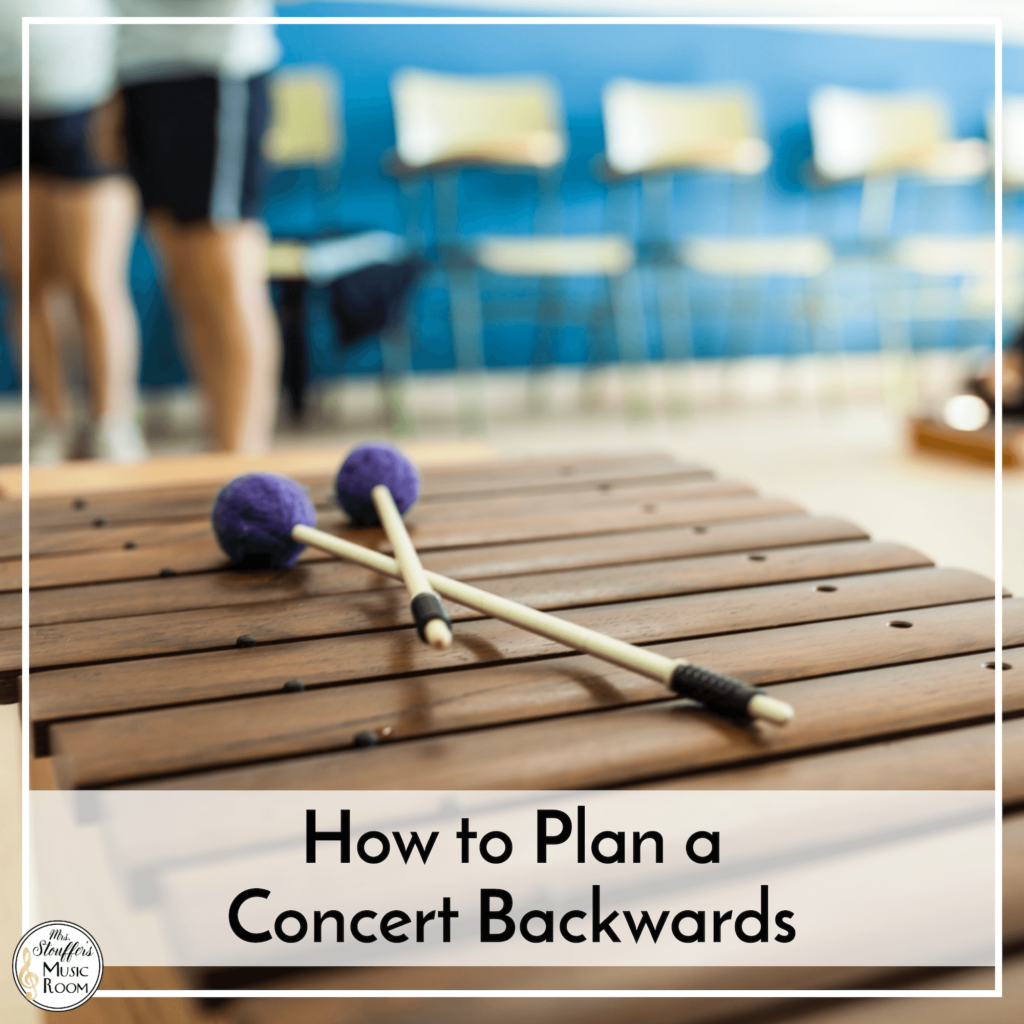
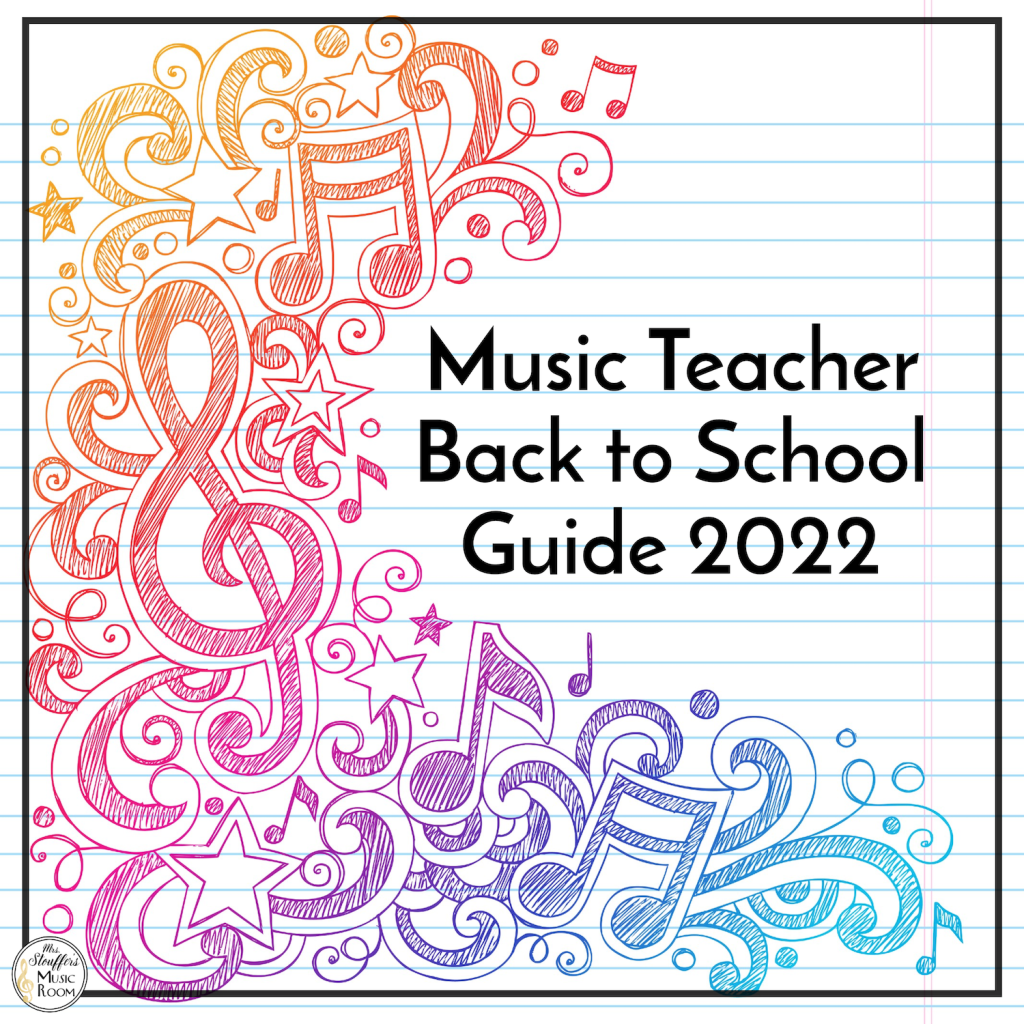
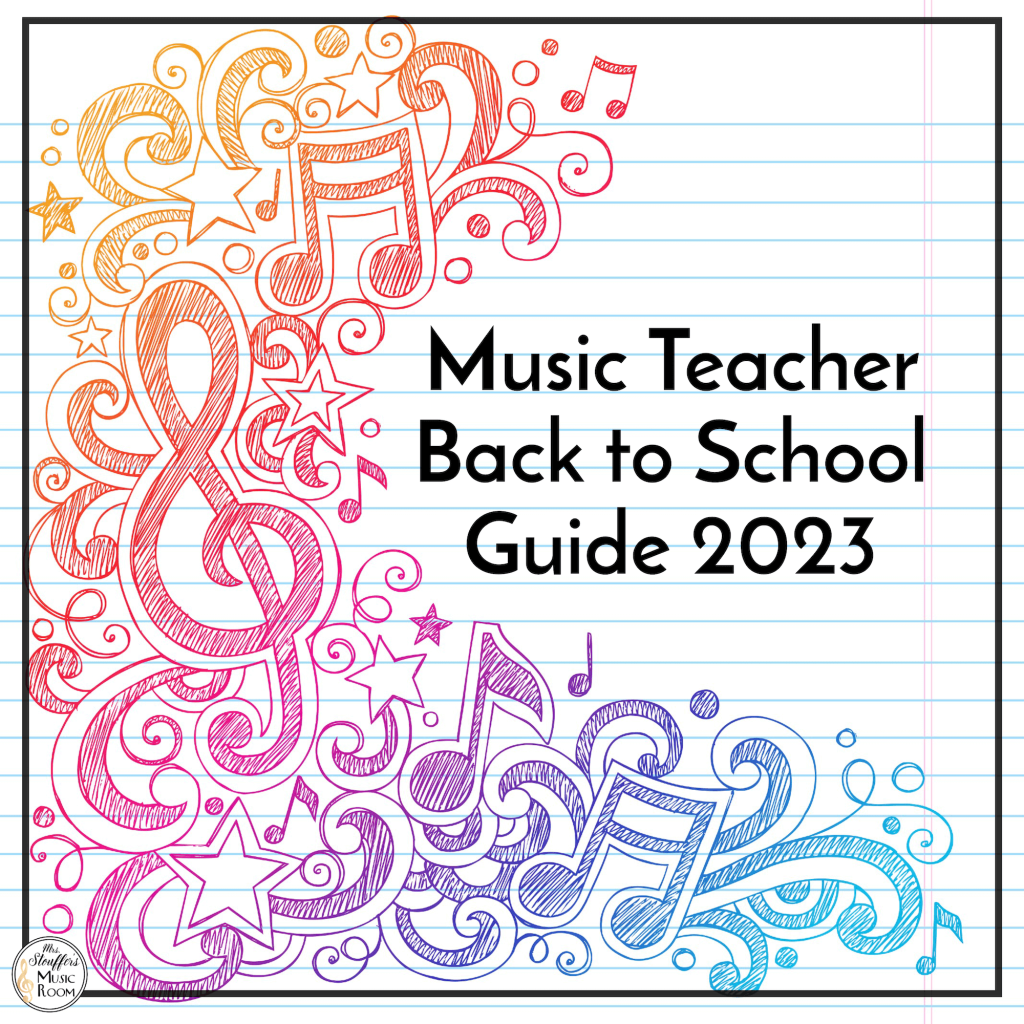
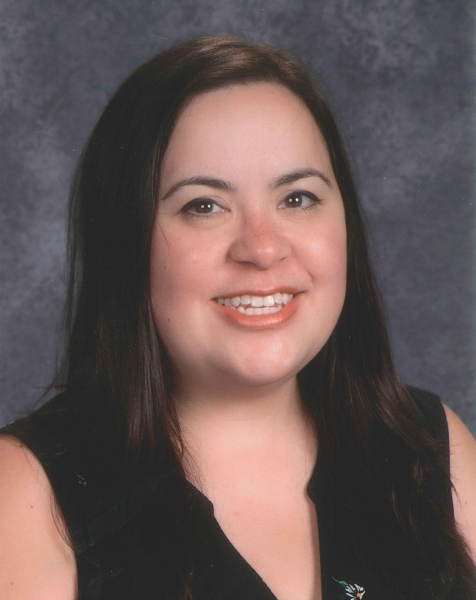
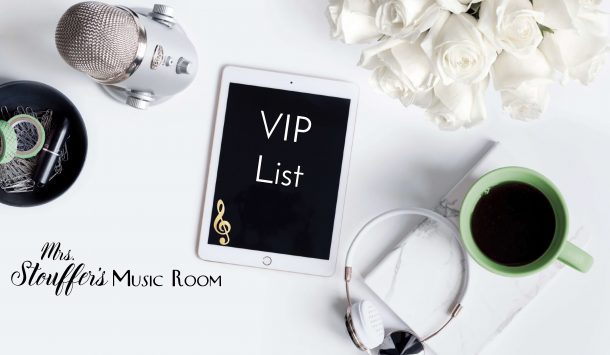
This is a fabulous list – I taught K-12 General, Choral and Vocal Music for 41 years (recently retired) and no one tells you all the behind the scenes details needed for a smooth and successful performance – Thank YOU for sharing this task analyzed list – I believe it will help many folks.
I would add static guard spray to the list in the emergency bag – learned that the hard way – different materials and different environmental qualities can definitely affect your clothing – also check to make sure you can’t see through your attire with all of the different lighting you will be in. Sounds silly – but you want to be focused on your students not whether your skirt is skooching up your legs etc 🙂
Yes! I’ve moved away from wearing a lot of materials that get staticky, but YES!
Thank you! I’m a second-year teacher (trained during COVID) putting together my first concert. This list is a life-saver!
I’m so happy this is helpful!
Melissa,
Thank you so much for posting all of these lists. They’ve been a godsend for my first full year teaching! Never felt more prepared.
I’m so happy this helps! <3 You've got this!
Hi! Can you share your resources/websites that have prefab musicals or music concerts for elementary students? Thank you!
Music in Motion, JWPepper, Music K8, Pioneer Drama. Those are a few places that have some!